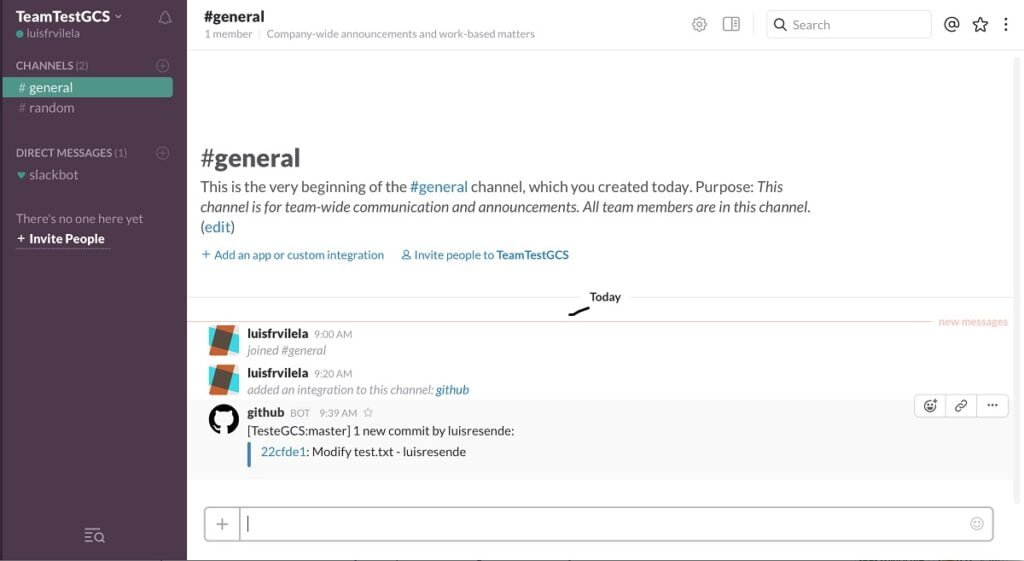In recent years, the workplace has undergone a significant transformation, ushering in the era of the future of remote work. This change has been driven by technological advancements that enable us to work from anywhere with an internet connection. In this article, we’ll delve into the current remote work tools that have become integral to our daily work lives, explore emerging technologies to reshape the remote work landscape, and discuss the challenges and solutions of this digital revolution.
Table of Contents
1. Introduction Future of Remote Work Tech
The Rise of Remote Work
The Future of Remote Work Tech concept isn’t new, but its prevalence has recently skyrocketed. Factors such as improved internet connectivity, changing workplace dynamics, and the COVID-19 pandemic have accelerated the adoption of remote work. Today, it’s no longer an option reserved for a select few; it’s a global phenomenon.
Importance of Remote Work Technology
To thrive in remote work, having the right technology is crucial. It’s not just about convenience but efficiency, collaboration, and maintaining work-life balance. Let’s explore the technologies that make remote work possible.
2. Current Remote Work Tools
Video Conferencing Solutions

Video conferencing tools have become the backbone of the Future of Remote Work Tech communication. They allow us to see and hear our colleagues, turning virtual meetings into meaningful interactions.
Zoom: The Video Conferencing Giant
Zoom quickly became a household name during the pandemic, offering a user-friendly platform for video meetings and webinars. Its features include screen sharing, breakout rooms, and integrations with productivity apps.
Microsoft Teams: A Suite of Collaboration
Microsoft Teams, part of the Office 365 suite, combines video conferencing, chat, and file sharing in one platform. It’s an ideal choice for organizations already using Microsoft products.
Project Management Software
Efficient task management is essential for remote teams. Project management software keeps tasks organized and ensures everyone is on the same page.
Trello: Organizing Tasks Simply
Trello’s visual boards and cards simplify task management. Teams can create workflows, assign tasks, and track progress effortlessly.
Asana: For Complex Workflows
Asana excels at managing complex projects with intricate dependencies. It offers features like task dependencies, timelines, and workload management.
Communication Platforms
Instant messaging and collaboration tools bridge the gap between colleagues, regardless of their physical locations.
Slack: The Messaging Hub

Slack streamlines communication with channels, direct messaging, and app integrations. It’s a hub for discussions, document sharing, and quick updates.
Discord: Beyond Gaming
Initially designed for gamers, Discord has found its way into remote workspaces. Its voice and video channels enable team collaboration, while the chat feature keeps conversations organized.
3. Emerging Technologies
Virtual Reality
The future of remote work holds exciting possibilities, including the integration of virtual reality.
VR in Remote Work
Imagine attending virtual meetings in a lifelike conference room or collaborating with colleagues as if they were in the same office. VR promises immersive experiences for remote teams.
Artificial Intelligence
AI is poised to enhance productivity and streamline tasks in remote work settings.
AI-Powered Productivity
AI can automate repetitive tasks, provide insights from data, and even offer suggestions for better work habits. It’s like having a digital assistant by your side.
Augmented Reality
AR is not just for gaming; it has practical applications in remote work.
AR Enhancements for Remote Work
With AR, remote technicians can receive real-time guidance from experts, and Future of Remote Work Tech architects can visualize projects on-site. The possibilities are limitless.
4. The Future Landscape
Hybrid Work Environments
Many predict that the future office will blend in-person and remote work.
Balancing In-Person and Remote
Finding the right balance between in-person and Future of Remote Work Tech is essential. It requires reimagining office spaces and embracing flexible work arrangements.
Internet of Things (IoT)
IoT devices are making offices smarter and more connected.
Smart Offices and Remote Work
IoT sensors can optimize office resources and create a seamless experience for in-person and remote employees. From smart lighting to temperature control, IoT is revolutionizing the workplace.
5. Challenges and Solutions
Security Concerns
With Future of Remote Work Tech comes increased vulnerability to cyber threats.
Encryption and Privacy
Protecting sensitive data through encryption and enforcing privacy measures is paramount to secure remote work environments.
Digital Fatigue
Constant screen time can lead to burnout and decreased productivity.
Mindfulness and Well-being
Promoting mindfulness and well-being initiatives can help remote workers find balance and stay mentally healthy.
6. Conclusion
Embracing the Future of Remote Work
The future of remote work is exciting and filled with possibilities. As we explore cutting-edge technologies and adapt to hybrid work environments, we must remember that the heart of remote work is flexibility and collaboration. By staying informed and prepared, we can unlock the full potential of tomorrow’s office, wherever it may be.
FAQs (Frequently Asked Questions)
1. Is Future of Remote Work Tech here to stay?
- Yes, remote work will likely remain a significant part of the modern workplace.
2. What are the security risks of remote work?
- Security risks include data breaches, phishing attacks, and unauthorized access to company systems.
3. How can I stay productive while working remotely?
- Setting a schedule, creating a dedicated workspace, and using productivity tools can help maintain productivity.
4. What is the role of artificial intelligence in remote work?
- AI can automate tasks, provide data insights, and enhance remote collaboration.
5. Are there downsides to using virtual reality for remote work?
- Potential downsides include the need for specialized equipment and the potential for isolation when immersed in VR environments.










